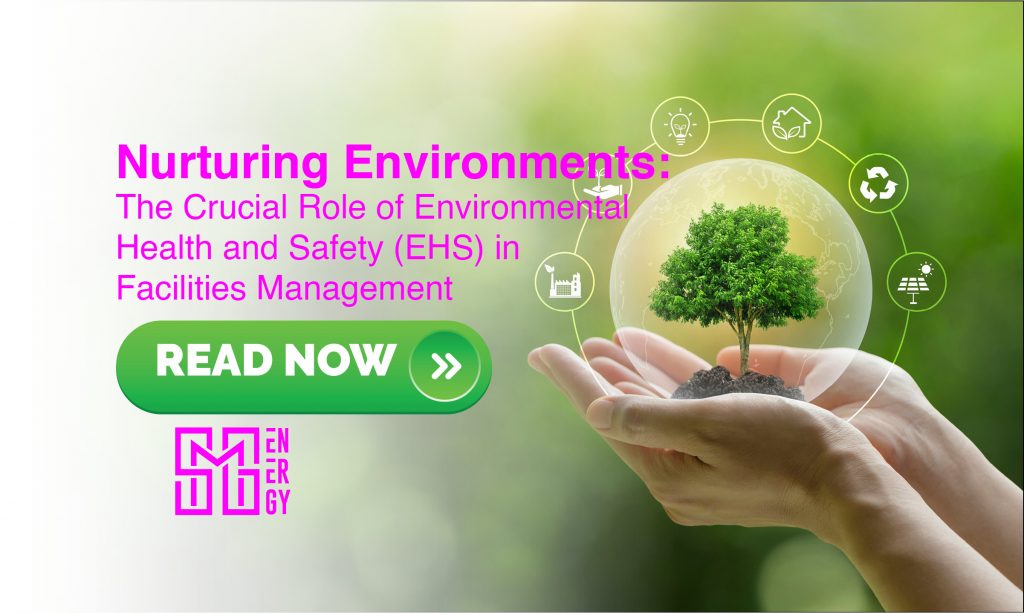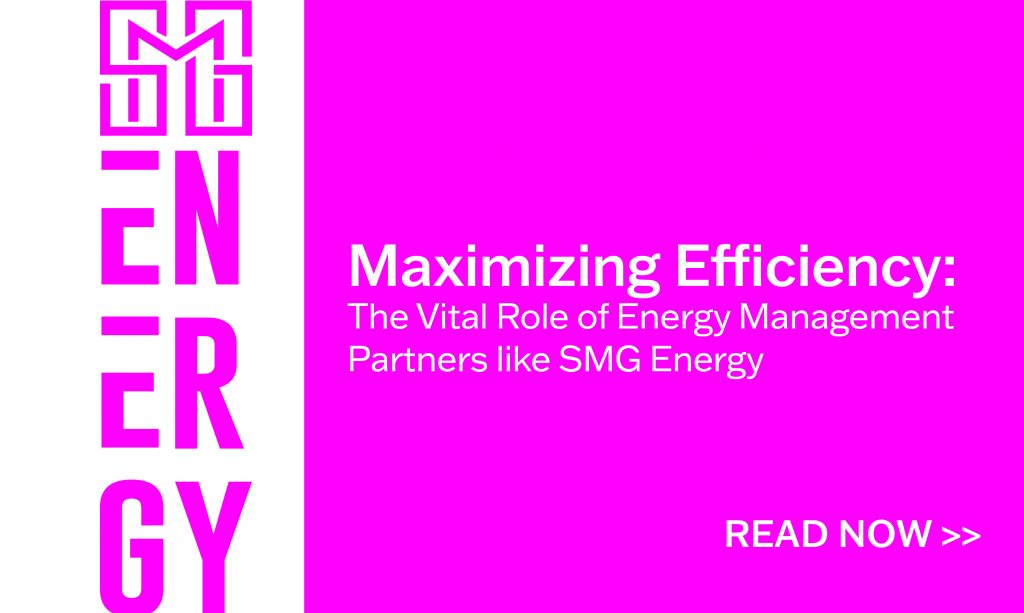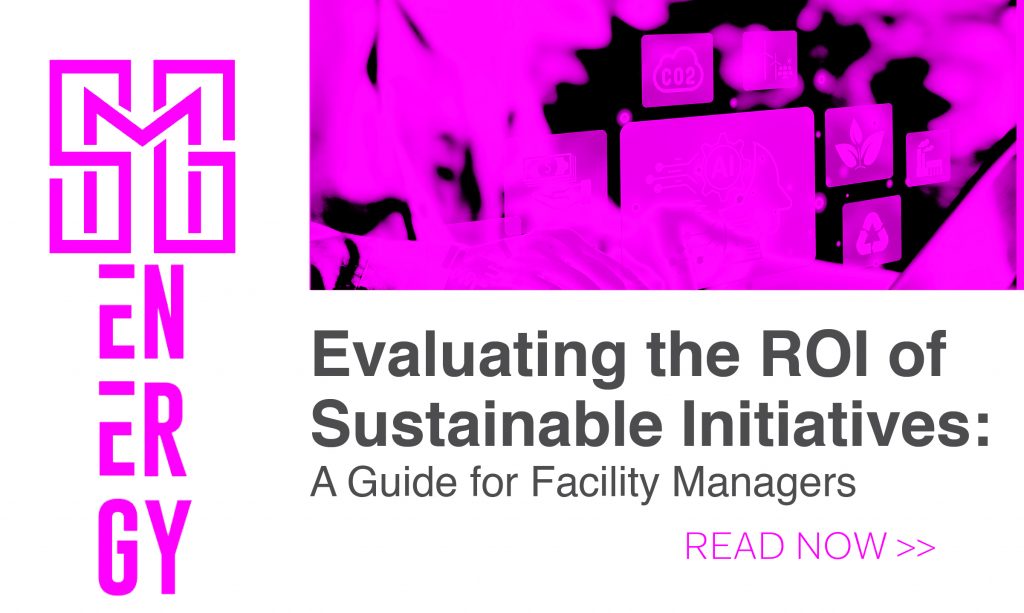In the dynamic realm of facilities management, the integration of Environmental Health and Safety (EHS) in Facilities Management is gaining prominence as organizations recognize the profound impact their built environments have on the well-being of occupants and the planet. Facility professionals overseeing large, distributed portfolios are tasked with ensuring that buildings not only function efficiently but also adhere to EHS principles to contribute to a sustainable and healthy future. This blog delves into the significance of integrating EHS in facilities management, with a focus on leveraging partnerships, such as with SMG Energy, to integrate smart technologies for enhanced monitoring and management.
The Importance of Environmental Health and Safety (EHS) in Facilities Management
- Occupant Well-being: The built environment directly influences the health and well-being of its occupants. Poor indoor air quality (IAQ), inadequate lighting, and inefficient temperature control can lead to discomfort, health issues, and decreased productivity. EHS initiatives in facilities management aim to create environments that foster physical and mental well-being.
- Sustainability and Energy Efficiency: With the global emphasis on sustainability, facilities must prioritize energy efficiency. EHS practices include implementing energy management systems, utilizing renewable energy sources, and adopting eco-friendly technologies to reduce the carbon footprint of buildings. This not only aligns with environmental stewardship but also contributes to cost savings in the long run.
- Compliance and Risk Mitigation: Adhering to environmental regulations and safety standards is a legal imperative. Non-compliance can result in penalties, legal actions, and damage to an organization’s reputation. EHS in facilities management involves staying updated on relevant regulations, conducting regular audits, and mitigating risks to ensure a safe and compliant built environment.
- Resource Conservation: Facilities professionals must address resource conservation as part of EHS initiatives. This includes efficient waste management, water conservation measures, and sustainable procurement practices. By minimizing resource consumption, facilities contribute to a more sustainable and responsible use of natural resources.
Leveraging Partnerships for Smart Technologies with SMG Energy
- Indoor Air Quality Monitoring: SMG Energy specializes in providing solutions for evaluating, deploying, and monitoring smart technologies, including those related to indoor air quality. Poor IAQ can lead to health issues and decreased productivity. Partnering with SMG Energy allows facility professionals to integrate advanced sensors and systems that continuously monitor and analyze IAQ, enabling proactive measures to enhance air quality.
- Energy Management Systems: Smart technologies offered by SMG Energy can revolutionize energy management in facilities. These systems allow real-time monitoring of energy consumption, identify inefficiencies, and optimize usage. This not only contributes to sustainability goals but also results in substantial cost savings by reducing energy waste.
- Utility Bill Management: Managing utility bills efficiently is a crucial aspect of facilities management. SMG Energy provides tools and expertise to streamline utility bill management, identify billing anomalies, and optimize costs. This transparency enables facility professionals to make informed decisions and allocate resources effectively.
- Continuous Improvement through Data Analytics: SMG Energy leverages data analytics to provide actionable insights. By collecting and analyzing data related to energy consumption, indoor air quality, and other environmental factors, facility professionals can make data-driven decisions for continuous improvement. This proactive approach ensures that buildings evolve in alignment with changing EHS requirements.
In the evolving landscape of facilities management, prioritizing Environmental Health and Safety is not just a best practice; it’s a strategic imperative. Facility professionals overseeing large, distributed portfolios can significantly enhance their EHS initiatives by forging partnerships with organizations like SMG Energy. By leveraging smart technologies to monitor IAQ, manage energy efficiently, and streamline utility bill management, facilities can create environments that prioritize the well-being of occupants, contribute to sustainability goals, and align with regulatory requirements. In the journey toward a healthier and more sustainable built environment, collaboration with industry leaders becomes the key to success. For more information, visit www.SMGEnergy.com





